Queen Elizabeth II: the history of royal funerals and how this one will be different
There are several new features but some traditional elements are not as old as they may appear
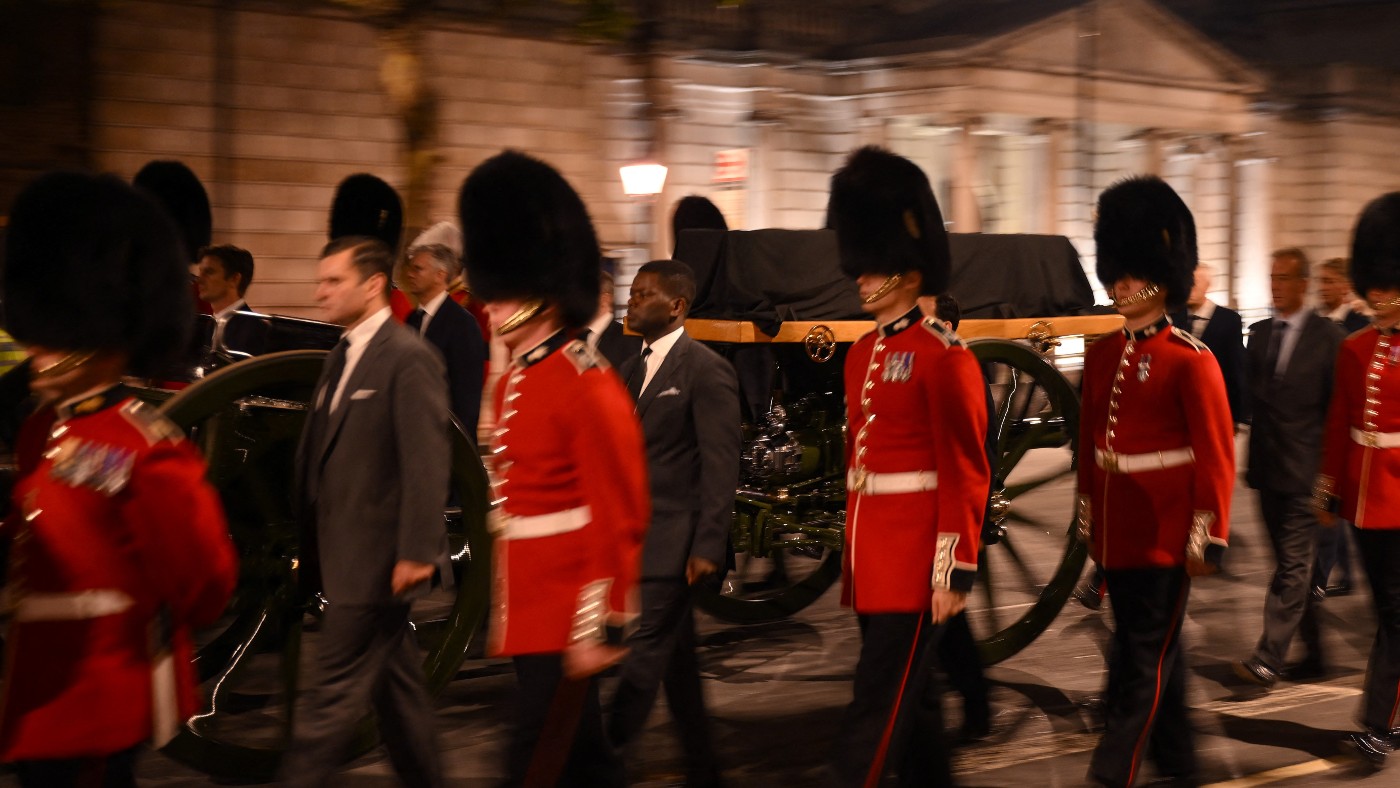
Professor of Modern British History at Durham University Philip Williamson explains how traditions have changed when it comes to royal funerals and how today's at Westminster Abbey will be unique.
Great royal events in the United Kingdom are often a mix of old and new, and the commemoration and funeral of Queen Elizabeth II will be no exception. While there will be several strikingly new features, the seemingly traditional elements are not as old as they may appear. While some newer elements are revivals from the past.
The modern history of royal occasions is one of innovation and tradition to preserve the monarchy’s popularity and relevance. Public service and the monarch’s ability to represent the whole nation have become the main themes.
The Week
Escape your echo chamber. Get the facts behind the news, plus analysis from multiple perspectives.

Sign up for The Week's Free Newsletters
From our morning news briefing to a weekly Good News Newsletter, get the best of The Week delivered directly to your inbox.
From our morning news briefing to a weekly Good News Newsletter, get the best of The Week delivered directly to your inbox.
The organisation of public mourning for Elizabeth II, which began with her death on September 8 and will end after her funeral on September 19, is a huge national undertaking. However, the funerals of sovereigns have not always been public spectacles.
Early commemorations
Since the 18th century, all British monarchs were buried at Windsor and for a long period, funeral ceremonies took place within Windsor Castle.
Changes began with the death of Queen Victoria in 1901. In part, this was in recognition of her long reign of 63 years. But it was also a culmination of efforts, noticeable at her jubilees in 1887 and 1897, to make the monarchy more public. This was to encourage greater popular attachment towards the royal family in a society which was becoming more democratic – and potentially more critical of an ancient and privileged institution.
The day of Queen Victoria’s funeral was proclaimed a day of national mourning, during which all work ceased. This was done in the expectation that many people would attend memorial church services – which then was the chief means to express public grief and respect.
A free daily email with the biggest news stories of the day – and the best features from TheWeek.com
For the first time after a monarch’s death, the Church of England issued special commemorative services for use in all its local places of worship, and the leaders of most other religious communities in the United Kingdom also encouraged the organisation of local memorial services.
Everywhere, church and chapel services were crowded. That Queen Victoria died at her home on the Isle of Wight created the opportunity for further mass demonstrations of grief, as her coffin, on its route to Windsor, was carried in a long and slow procession across London, through streets lined with huge crowds. Public processions have remained central to later funerals of monarchs, though now focused around Westminster.
A public affair
Following the deaths of Victoria’s successors, further measures were taken to involve the public.
When Edward VII died in London in 1910, a public lying in state at Westminster Hall was introduced. His son, George V, insisted that access should be “democratic” and nearly 300,000 members of the public paid their respects by filing past the coffin. He also asked that all local memorial services on the day of the funeral begin at the same time as the service at Windsor, to create simultaneous national participation in the prayers of commemoration.
For George V’s own funeral in 1936, the day of mourning was replaced by a national two-minute silence to avoid loss of work during a time of economic depression. The silence also linked the king’s death with the annual mass ritual of remembrance of the dead of the first world war.
His lying in state was attended by over 750,000 people. Radio broadcasts created a vast audience for the public ceremonies, in a new form of mass participation.
For the commemoration in 1952 of King George VI, who had achieved great public prominence during the second world war, two further additions were made.
After the funeral at Windsor, a special remembrance service was held at St Paul’s Cathedral, attended by members of the government, parliament and other national leaders. The memorial services and funeral procession in London became the first royal events to be broadcast by television as well as radio.
The commemoration of Queen Elizabeth II
Many facets of royal commemorations since 1901 remain integral to the arrangements in 2022 but there are new elements.
Some of these features result from advances in television and electronic media, others are a tribute to an even longer reign than Queen Victoria’s.
The state of the union of the United Kingdom has also influenced the plans that the civil service and Buckingham Palace have maintained and regularly revised since the 1930s for “the demise of the Crown” – known more recently under the code name “Operation London Bridge”.
The union has weakened since 1952, with the development of independence parties and devolved administrations. The plans include events to help sustain the monarchy’s position in the different parts of the union during the delicate transition between sovereigns. As such, the new king and queen consort will attend “national” memorial services in Scotland, Wales and Northern Ireland.
The unexpected element was the Queen’s death in Scotland, which has enabled the organisation of a well-publicised and televised journey through numerous communities. It has also led to a procession and an additional public lying-at-rest of the coffin in Edinburgh to supplement the memorial service in St Giles’ Cathedral.
Another factor that has influenced new additions is the public expectation that royalty should be more accessible and visible, which they have become under Queen Elizabeth II.
The transition from Elizabeth II to Charles III seemed likely to be delicate because of recurrent criticisms of the royal family, including the new king. Recent troubles relate to the Duke and Duchess of Sussex and the Duke of York, but deeper concerns date from the breakdown of the King’s first marriage, the popularity of Diana and the outpourings of grief after her death in 1997.
Consequently, additional opportunities have been created for national leaders and the public to emphasise their respect for the monarchy. The return of state funerals to Westminster Abbey, which had been common until 1760, was probably long planned.
The Abbey can accommodate a larger congregation than St George’s Chapel Windsor and its central location allows more people to watch the procession – as was witnessed at Diana’s funeral and the funeral of Queen Elizabeth the Queen Mother in 2002.
Moving the national service of remembrance at St Paul’s Cathedral from after the monarch’s funeral to the day after the Queen’s death has provided a sharper focus for the start of national mourning. The new king’s broadcast address, the first broadcast of an accession council and the unusually early televised message of the king’s receipt of the condolences and congratulations of Parliament were all designed to ease the change of sovereign in the public consciousness.
There will now be a one-minute silence on the Sunday evening before the funeral, as well as a two-minute silence on the funeral day itself. A revival of the national day of mourning will also increase public involvement, allowing huge audiences to watch the televised funeral ceremonies and bringing massive crowds to the procession route and screening points in London.
Both the great popular admiration for the late Queen and the successful presentation of her commemoration can be measured by the extent to which members of the public are prepared to express their respect. Huge numbers of people are expected to queue for many hours, perhaps even overnight, to attend her lying-in-state for five days in Westminster Hall – just as there were long queues for the lying-at-rest in St Giles’ Cathedral. On the day of the funeral, even greater numbers are predicted to travel to London to witness the processions and ceremonies in and around Westminster Abbey to say goodbye.
Philip Williamson, Professor of Modern British History, Durham University
This article is republished from The Conversation under a Creative Commons license. Read the original article.
-
 Is Keir Starmer being hoodwinked by China?
Is Keir Starmer being hoodwinked by China?Today's Big Question PM’s attempt to separate politics and security from trade and business is ‘naïve’
-
 A peek inside Europe’s luxury new sleeper bus
A peek inside Europe’s luxury new sleeper busThe Week Recommends Overnight service with stops across Switzerland and the Netherlands promises a comfortable no-fly adventure
-
 Space data centers could be joining the orbit
Space data centers could be joining the orbitUnder the radar The AI revolution is going cosmic
-
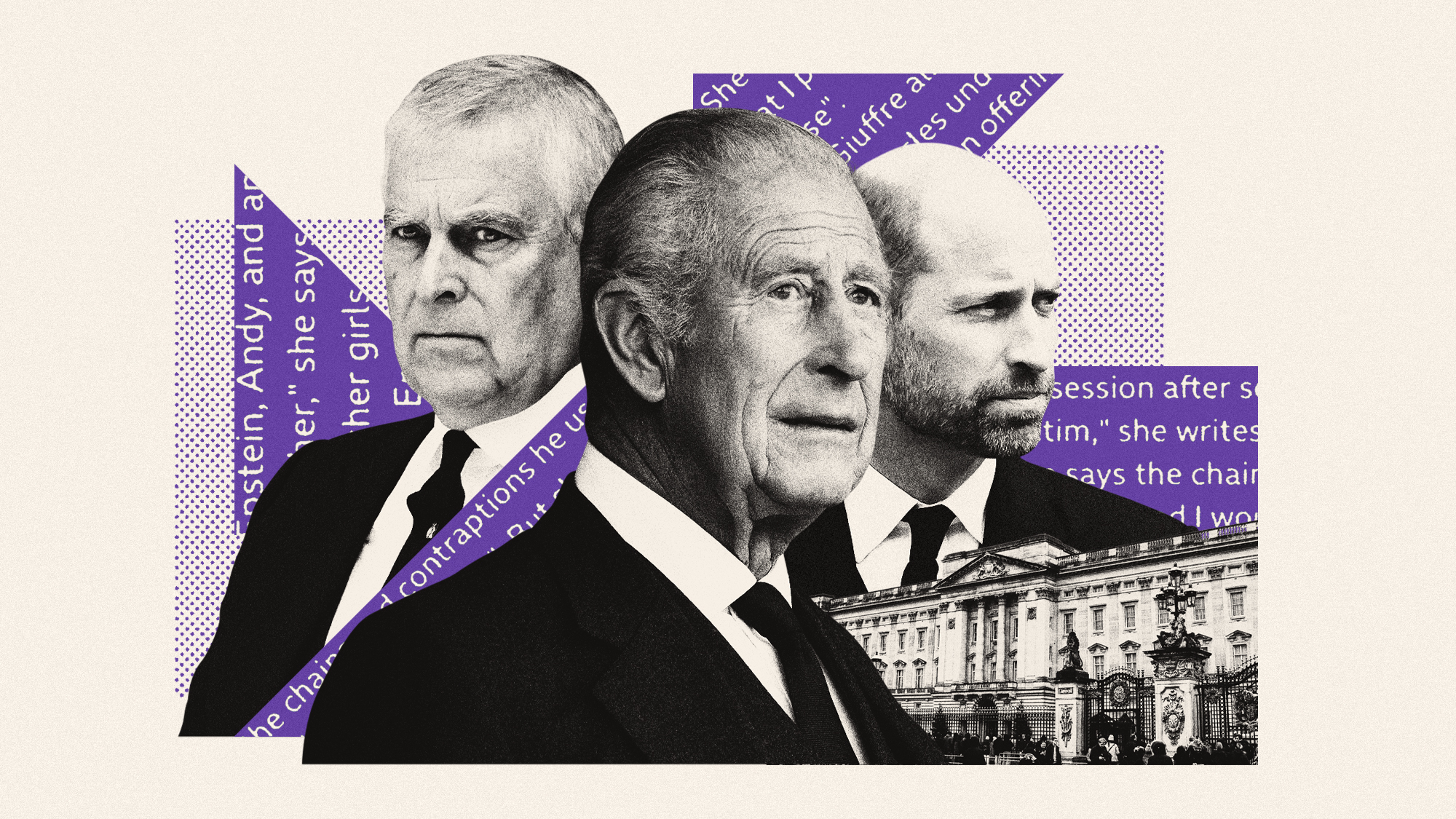 Prince Andrew: is the royal family doing enough?
Prince Andrew: is the royal family doing enough?Today’s Big Question King Charles faces calls for tougher action against Andrew after latest allegations about Virginia Giuffre and Jeffrey Epstein
-
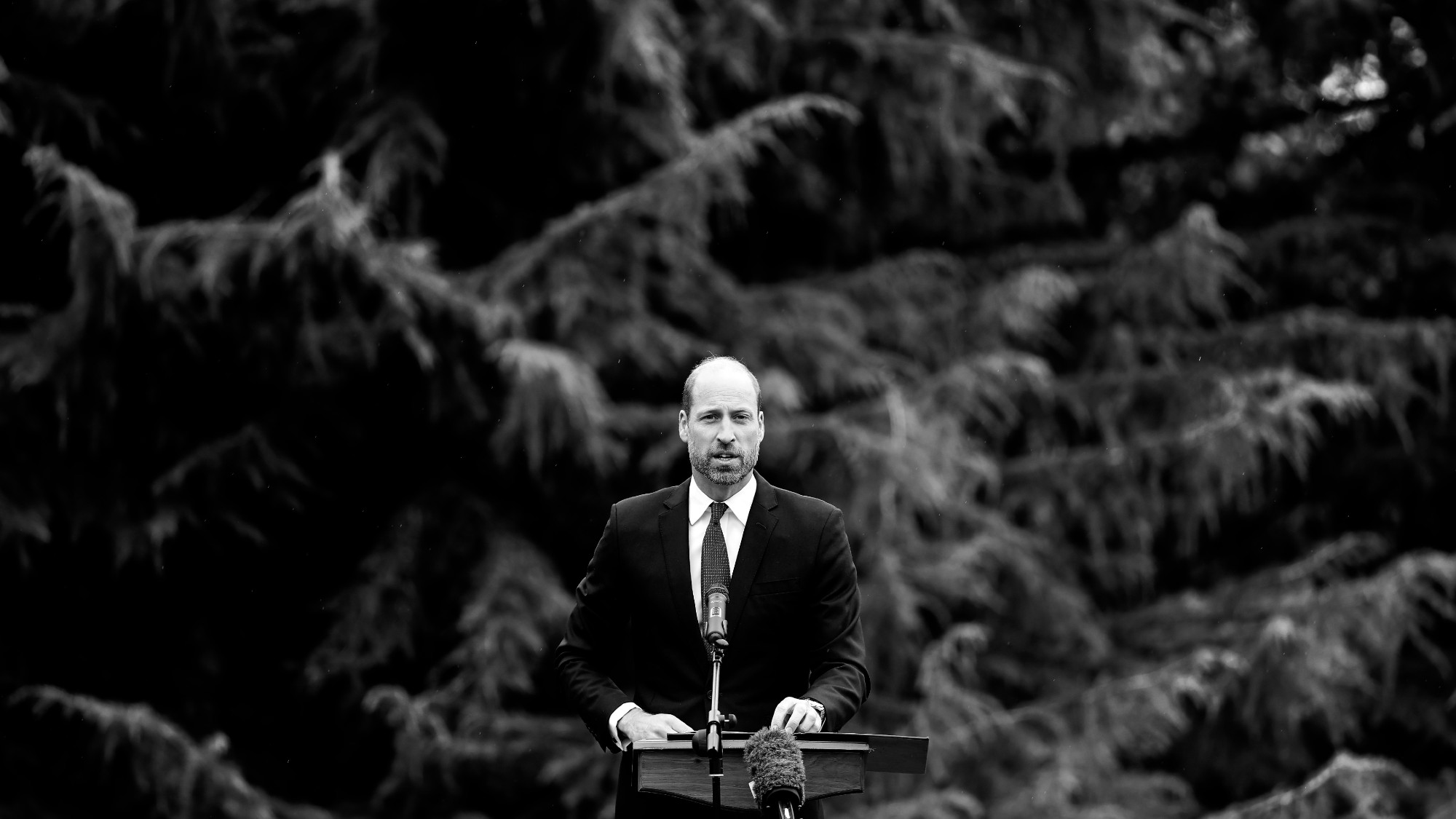 What will William be like as king?
What will William be like as king?Today's Big Question Prince of Wales said he won’t be ‘restricted’ by history when he takes the throne
-
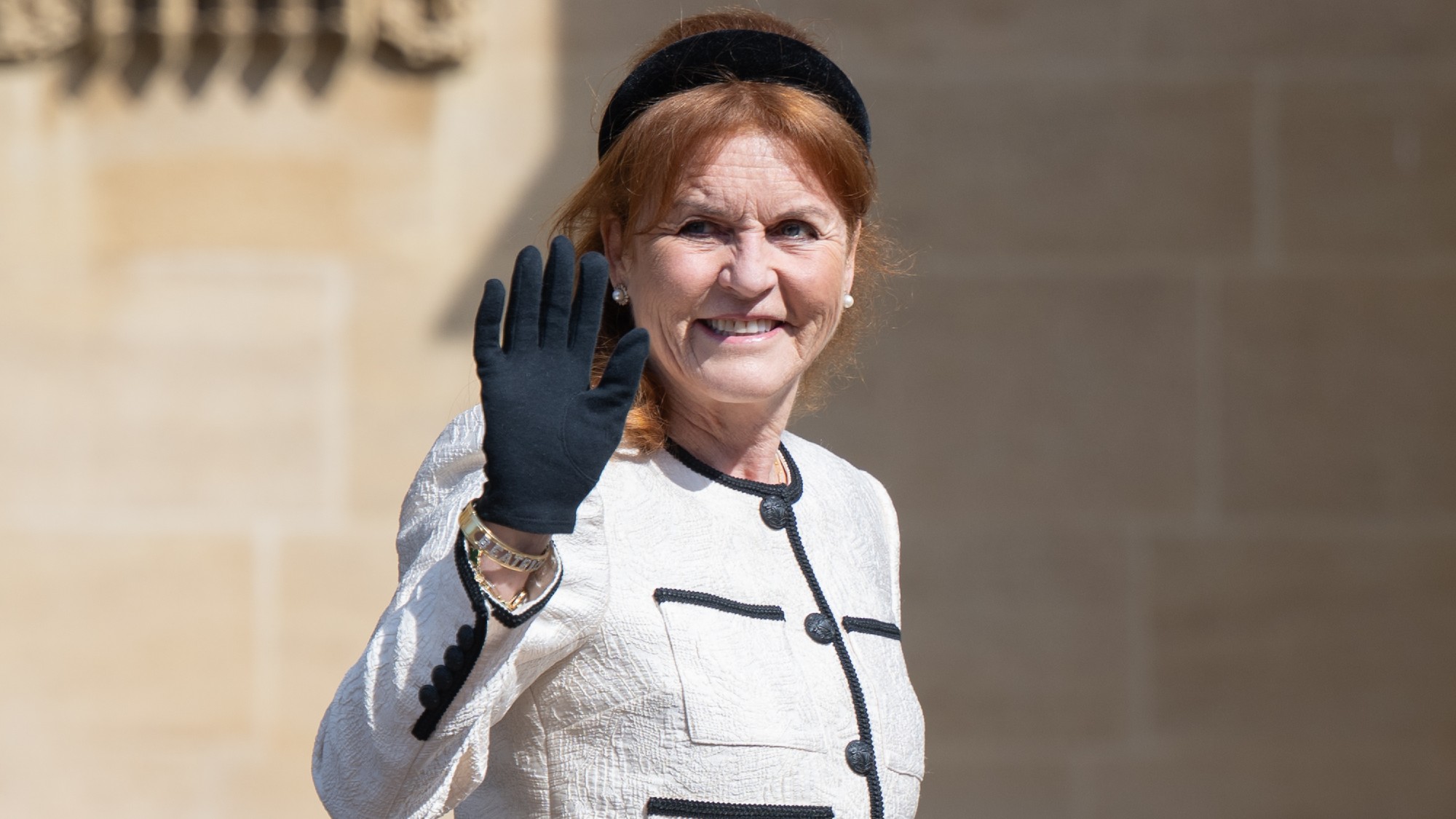 Sarah Ferguson: a reputation in tatters
Sarah Ferguson: a reputation in tattersIn the Spotlight After emails surfaced revealing ties to Jeffrey Epstein, weeks after she claimed to cut contact, her charities are running for the hills
-
 Prince charming: Harry’s tea with King sparks royal reconciliation rumours
Prince charming: Harry’s tea with King sparks royal reconciliation rumoursTalking Point Are the royals – and the UK public – ready to welcome the Duke of Sussex back in?
-
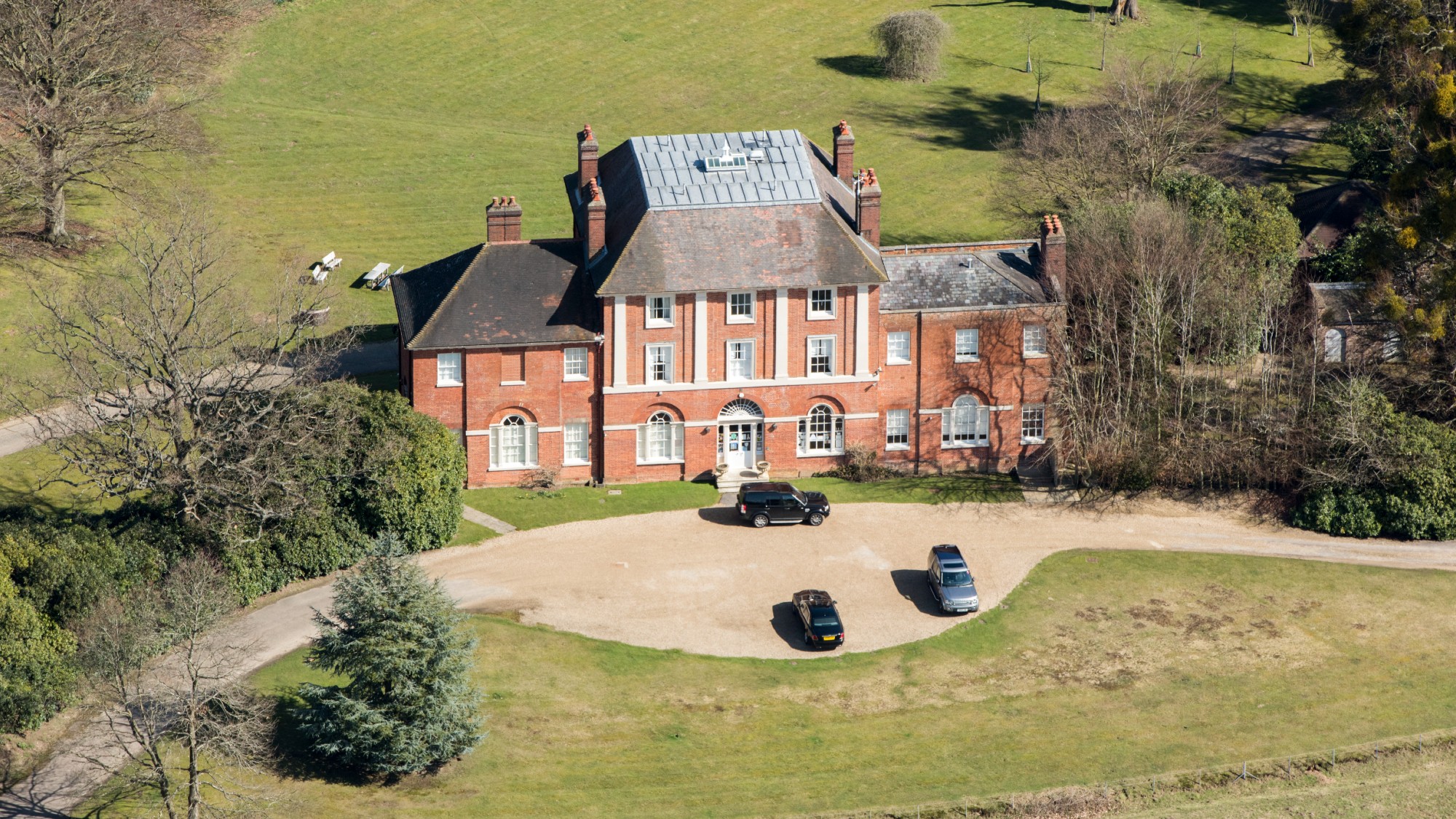 Forest Lodge: William and Kate's new home breaks with royal tradition
Forest Lodge: William and Kate's new home breaks with royal traditionIn the Spotlight Wales' said to hope move to 'forever home' in Windsor Great Park will 'leave unhappy memories behind'
-
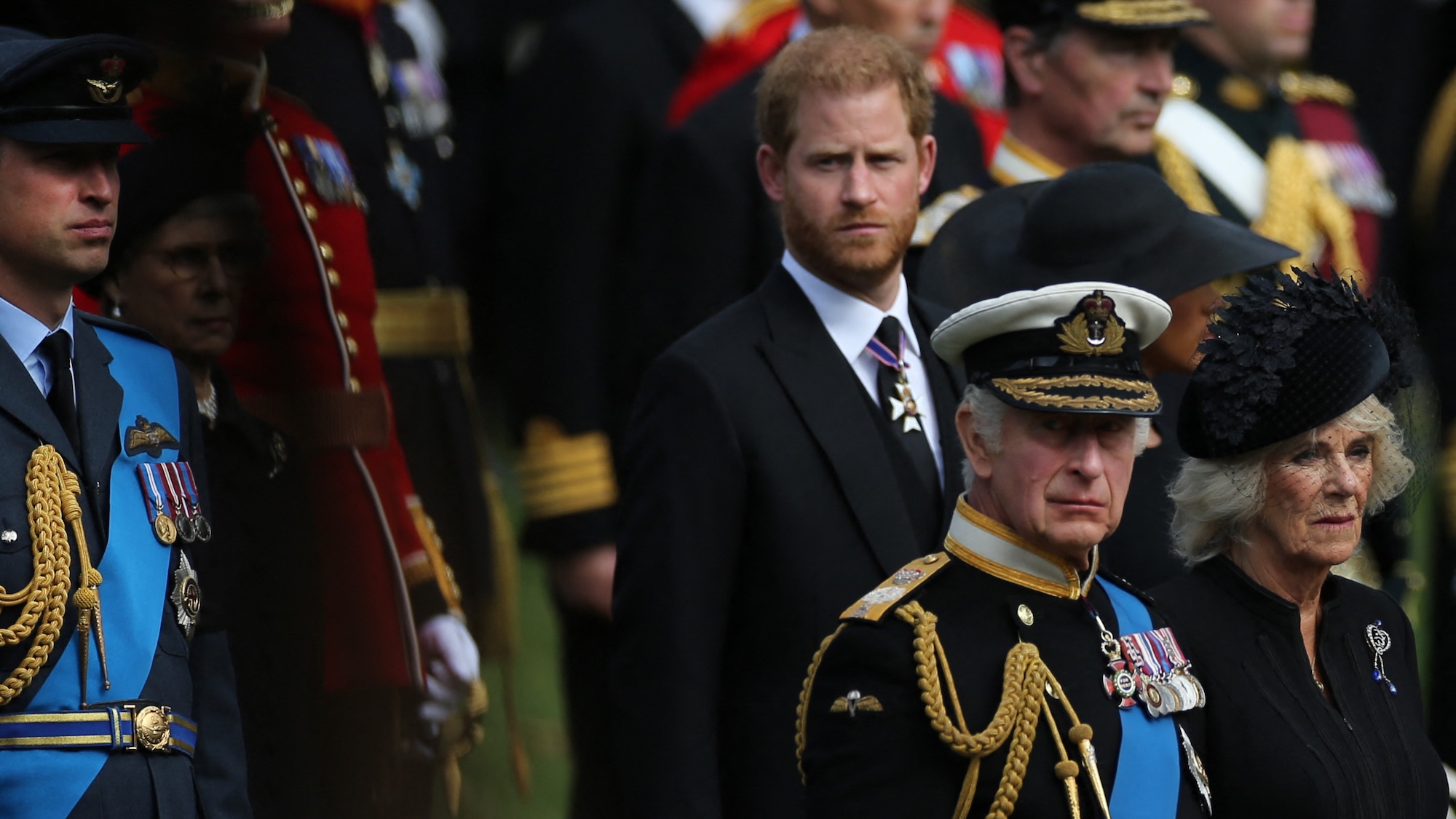 King Charles and Prince Harry: peace in our time?
King Charles and Prince Harry: peace in our time?Talking Point Leaked images of a secret meeting between royal aides suggest a dialogue is beginning to open up
-
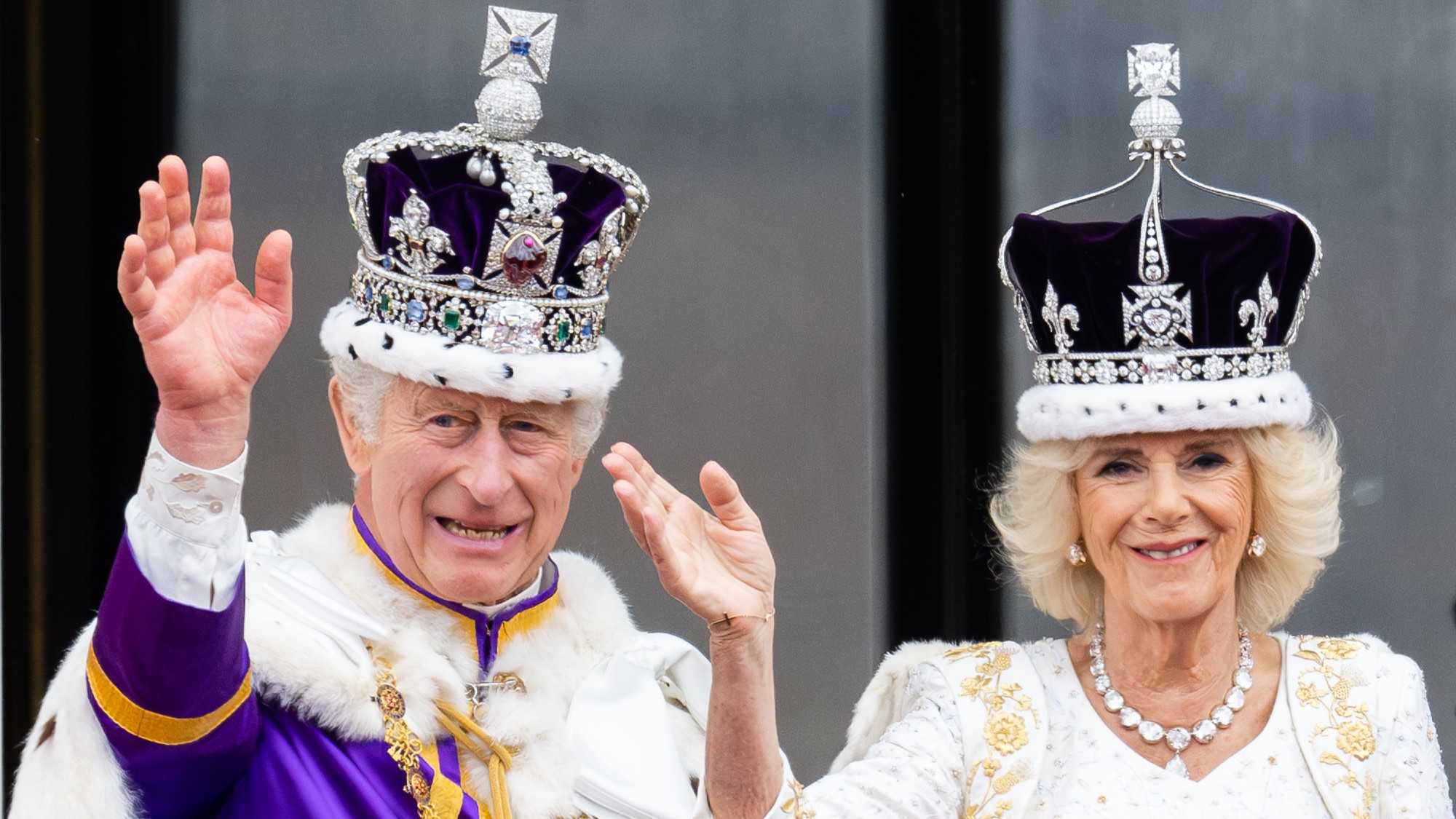 King Charles and the Sovereign Grant: how UK taxpayers fund the monarchy
King Charles and the Sovereign Grant: how UK taxpayers fund the monarchyThe Explainer Royals received £86.3m from government last year – and they are in line for a 50% increase
-
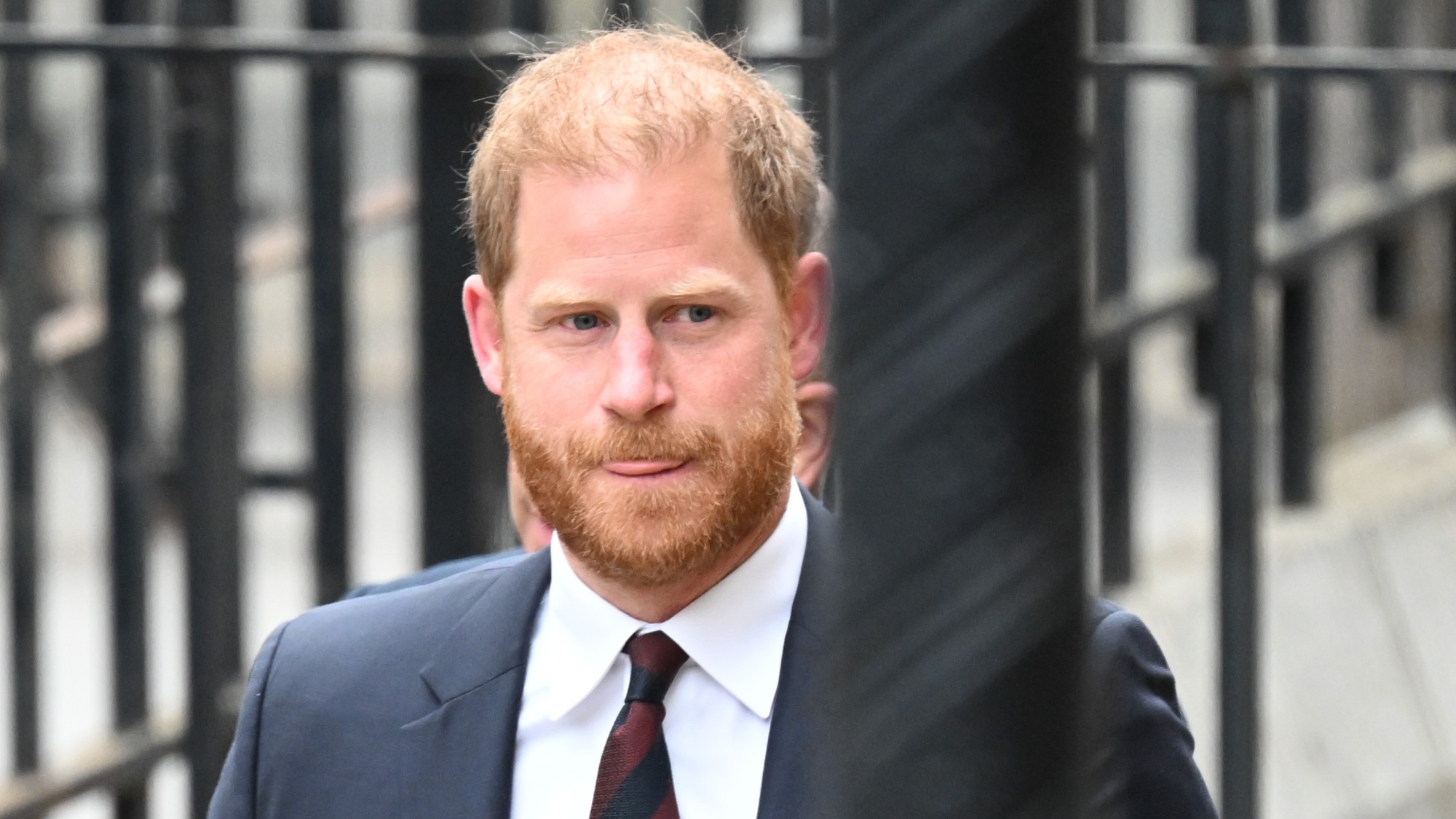 Prince Harry's 'bombshell' BBC interview
Prince Harry's 'bombshell' BBC interviewTalking Point Royal claims he is not safe to visit the UK and fuels speculation over King Charles' health in 'extraordinary' BBC interview